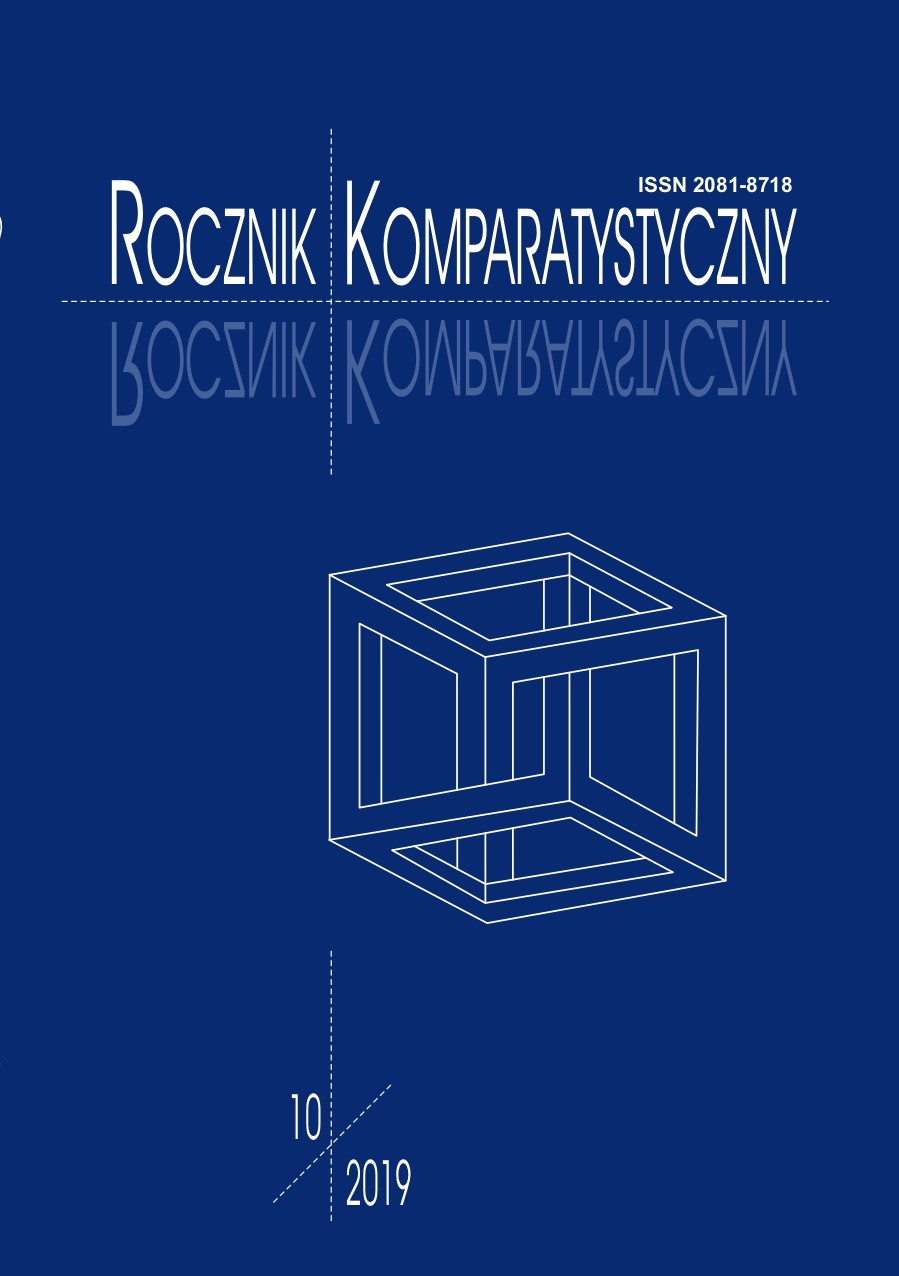Historia wspólna – historia osobna. Polsko-litewskie transfery kulturowe: Margier i Kiejstut
Common History – Separate History. Lithuanian Cultural Transfers in Polish Dramaturgy: Margiris and Kęstutis
Author(s): Mirosława KozłowskaSubject(s): Theatre, Dance, Performing Arts, Language and Literature Studies, Studies of Literature, Comparative Study of Literature
Published by: Wydawnictwo Naukowe Uniwersytetu Szczecińskiego
Keywords: Poland; Lithuania; cultural transfers; drama; Margiris; Kęstutis
Summary/Abstract: The article shows examples of Polish-Lithuanian cultural transfers. The legendary Lithuanian hero Margiris and Lithuanian Prince Kęstutis (the father of Vytautas the Great and the uncle of Polish king Władysław Jagiełło) were perpetuated in old chronicles (15th–17th century) and by Polish 19th century researchers of the history of the Grand Duchy of Lithuania. Owing to their interest in pre-Christian history and folklore, Margiris and Kęstutis became the heroes of numerous literary works: novels, poems and dramas. In the works of Ignacy Kraszewski and Władysław Syrokomla, Margiris became a symbol of true heroism. Unable to defend the fortress of Pilėnai from the Teutonic Order, he burns everything that could be valuable to the enemy together with the inhabitants and commits mass suicide as the last one. Kęstutis, on the other hand, became a model for the last duke – a Lithuanian, allegiant to the faith of his ancestors, a representative of the bygone Lithuania. The 19th century participants in the Lithuanian national revival sought the sources of Lithuanian national identity and culture in the pre-Christian Lithuanian tradition. Since the adoption of Christianity, Lithuania had been gradually losing its independence. It had undergone polonization, russification, or germanization. It had been subject to foreign influences. According to the leading activists from the circle of J. Basanovičius, the national revival had to begin with a turn towards the past: tradition and language, which had been preserved mainly in rural culture. The works Mindowe by Juliusz Słowacki, Tak umierali Litwini (Thus Died Lithuanians) by Drucki-Lubecki or Kiejstut by Adam Asnyk belonged to – as defined by A. Bumblauskas, a contemporary Lithuanian historian – the Great Narrative. These dramas were translated into Lithuanian and were performed on amateur and later professional Lithuanian stages at the turn of the 19th century and in the interwar period. Syrokomla’s Margier and Kraszewski’s Kunigas were translated into Lithuanian, adapted to stage plays, and also served as inspiration for other works of drama. Asnyk’s Kiejstut translated into Lithuanian (1897) and dramas which did not gain attention of Lithuanian circles: F. Jakubowski’s Kiejstut. Tragedia z dziejów Litwy. W pięciu aktach wierszem napisana (Kęstutis. A Tragedy from the History of Lithuania. Written in Verse in Five Acts, 1858) and J. Turczyński’s, Kiejstut (1861), show the final months of the life of Kęstutis, his conflict with Jagiełło and his death in the dungeon. The aged Kęstutis is portrayed as a respected knight, the vanquisher of the Teutonic Order, who subordinated himself first to his brother Algirdas and then to his nephew Jogaila (Jagiełło) for the good of Lithuania. His death brings an end to the period of the Grand Duchy of Lithuania as a fully independent state. In the character of Kęstutis, the playwrights combined the ethos of knighthood, national identity, adhering to faith and tradition with nostalgic awareness of transience, and the prophetic vision of rebirth based on national traditions.
Journal: Rocznik Komparatystyczny
- Issue Year: 2019
- Issue No: 10
- Page Range: 201-232
- Page Count: 32
- Language: Polish

